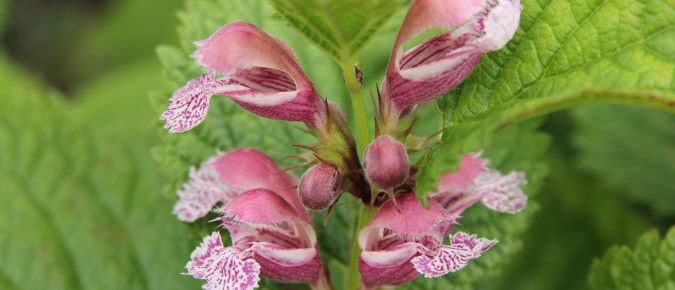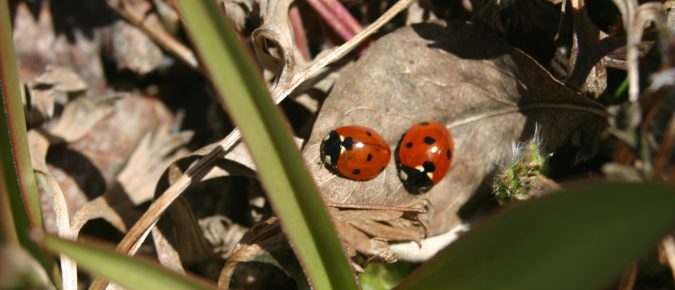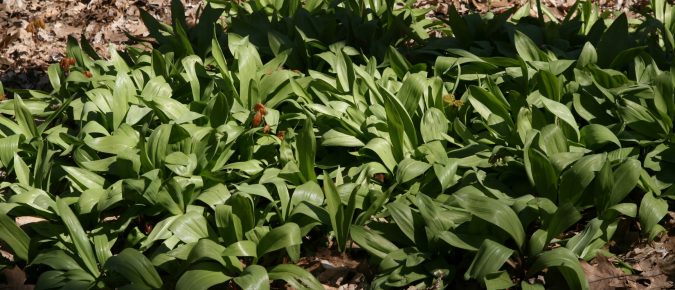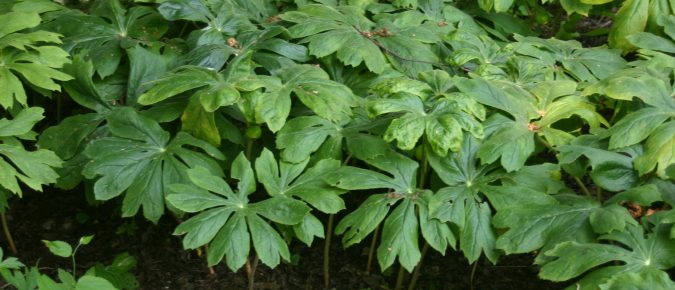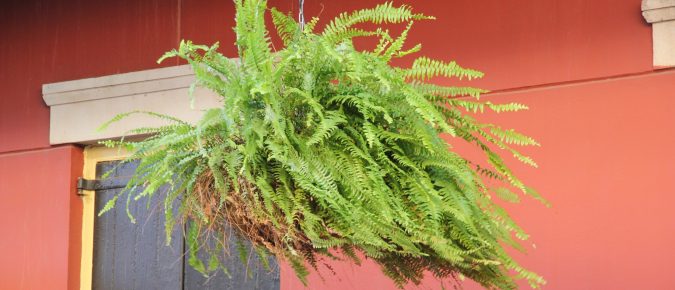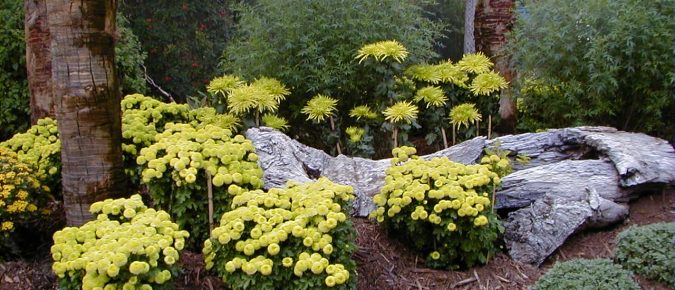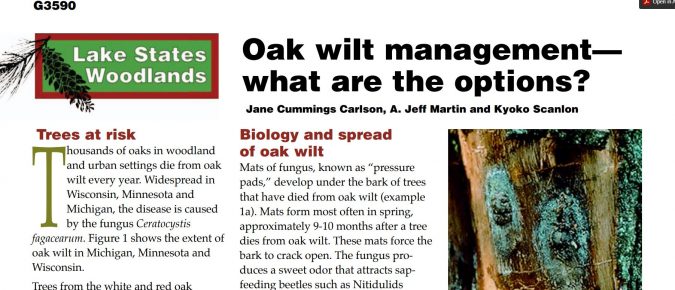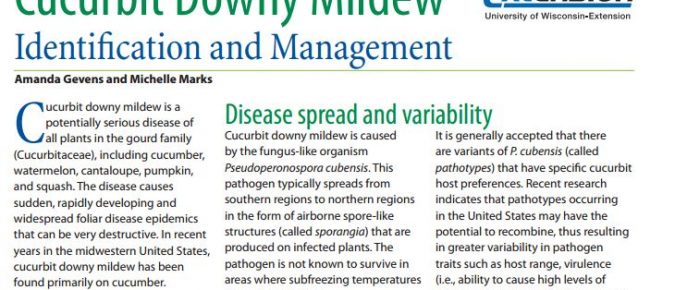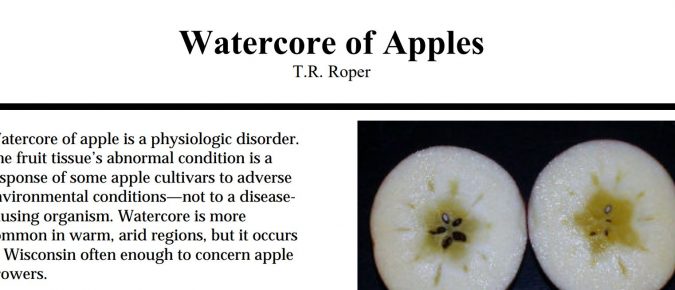Articles
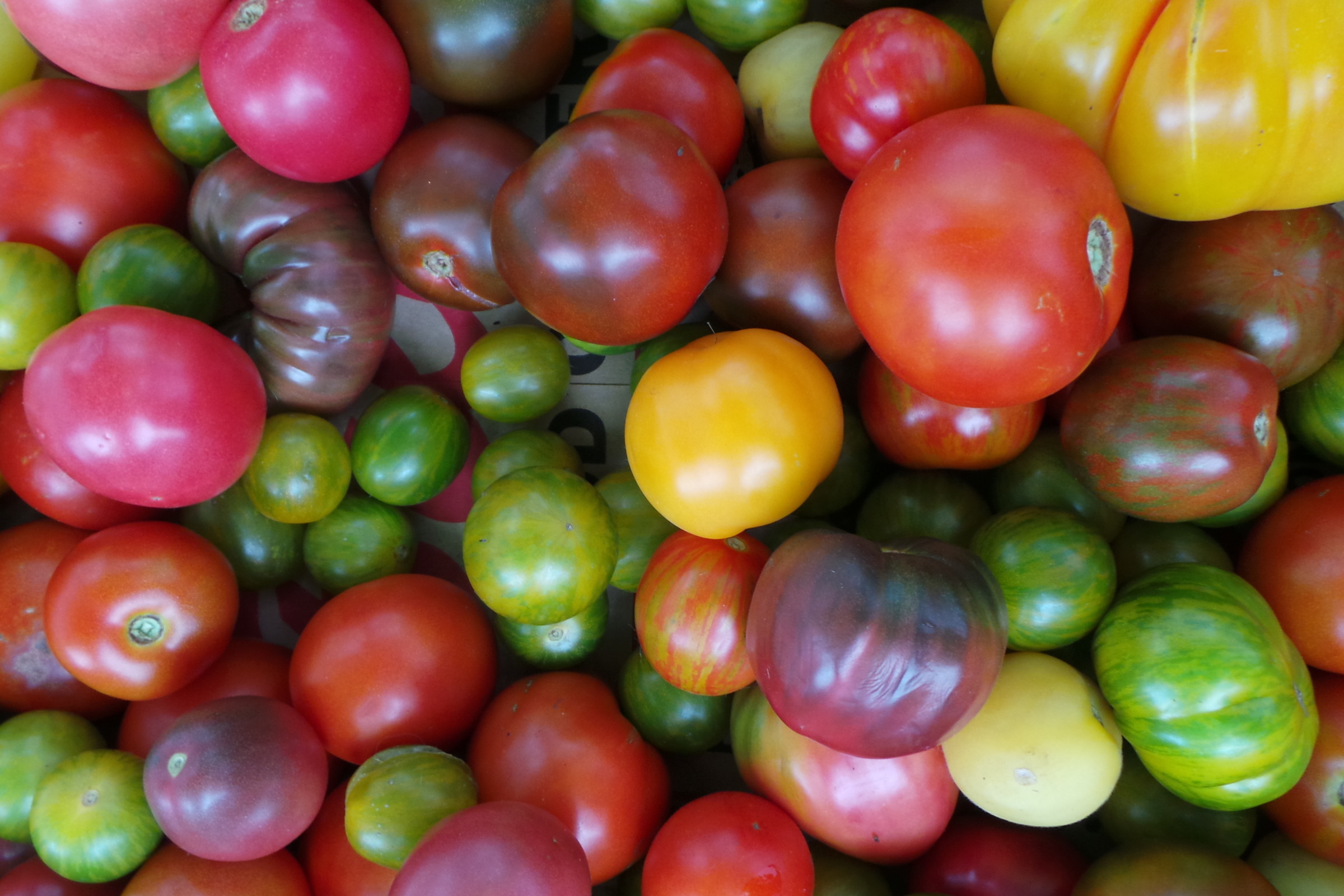
Gardening Articles
Research-based horticulture information to help keep your plants and gardens thriving.
Balm-leaved Red Deadnettle, Lamium orvala
Not all Lamiums are created alike. The European species L. orvala is a tall, clump-forming plant with whorls of spotted purple-pink flowers that resemble orchids in spring. When the flowers fade the big leaves provide good contrast to grassy or fine-textured foliage in the garden. To learn more about this species of ornamental plant, read this article…
Beetles (Coleoptera)
The beetles are the most numerous group of insects, with both pest and beneficial species. Regardless of whether they are plant feeders, scavengers, or predators, the adults all have the first pairs of wings hardened into sheaths that cover the abdomen. To learn about some of the most common types of beetle, read this article…
Dandelion, Taraxacum officinale
Those cheerful yellow flowers are everywhere in spring. Dandelion is a European species that has made itself at home throughout North America. A menace to gardeners and homeowners looking for a lush, green lawn, this plant can also be cultivated or foraged as food. You can find out more about this ubiquitous weed in this article…
Ramps, Allium tricoccum
There aren’t many native woodland plants that also double as vegetables, but the spring ephemeral Allium tricoccum is one. To find out more about this perennial plant, read this article…
Mayapple, Podophyllum peltatum
Mayapple is a native wildflower with distinctive, deeply lobed, umbrella-shaped leaves. It forms dense colonies in open deciduous woodlands and other shaded sites and makes a wonderful groundcover for a woodland garden or naturalized setting. More details about this unique herbaceous perennial, along with general care, are found in this article.
Boston Fern, Nephrolepis exaltata var. Bostoniensis
Boston fern is readily adaptable to growing in containers, it is a natural in hanging baskets and in elevated containers as a houseplant but also can be used as a seasonal foliage plant in the garden. To learn more about Boston fern, read this article.
Mums for Fall Beauty—Tips on Growing Chrysanthemums
Learn how to plant and care for mums to keep them blooming from late summer through fall.
Gladiolus Disorder: Virus Complex and Aster Yellows
Viruses can destroy the value of a gladiolus crop. Serious infections have been observed throughout Wisconsin in some years. While Aster Yellows is common, it usually infects just a few gladioli scattered in plantings. This fact sheet covers the symptoms, causes, and means of control of viral and Aster Yellows infection.
Oak Wilt Management—What Are the Options?
Oak Wilt fungal disease kills oaks throughout Wisconsin every year.
This publication focuses on the red oak group and tells how to prevent, identify, and control this disease.
Maple and Other Trees Disorder: Cottony Maple Scale
Cottony maple scale is an insect that can infest the twigs of maples and other shade trees with popcorn-sized cottony masses. This publication describes the symptoms, life cycle and management.
Cucurbit Downy Mildew: Identification and Management
Cucurbit downy mildew can affect all plants in the gourd family, including cucumber, watermelon, cantaloupe, pumpkin and squash. Learn about identification and management here.
Watercore of Apple
Watercore of apple is a physiologic disorder caused by adverse environmental conditions. Find out more about this apple disorder in this factsheet.

